Pseudoginsenoside RC1CAS# 102805-32-3 |

Quality Control & MSDS
3D structure
Package In Stock
Number of papers citing our products
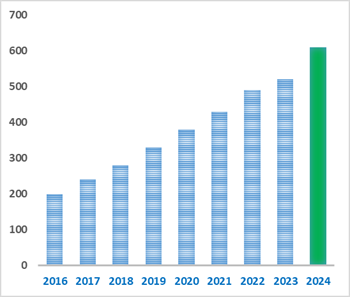
| Cas No. | 102805-32-3 | SDF | Download SDF |
| PubChem ID | 21637588.0 | Appearance | Powder |
| Formula | C50H84O19 | M.Wt | 989.2 |
| Type of Compound | Triterpenoids | Storage | Desiccate at -20°C |
| Solubility | Soluble in Chloroform,Dichloromethane,Ethyl Acetate,DMSO,Acetone,etc. | ||
| Chemical Name | [(2R,3S,4S,5R,6S)-6-[(2R,3R,4S,5S,6R)-4,5-dihydroxy-6-(hydroxymethyl)-2-[[(3S,5R,8R,9R,10R,12R,13R,14R,17S)-12-hydroxy-4,4,8,10,14-pentamethyl-17-[(2S)-6-methyl-2-[(2S,3R,4S,5S,6R)-3,4,5-trihydroxy-6-(hydroxymethyl)oxan-2-yl]oxyhept-5-en-2-yl]-2,3,5,6,7,9,11,12,13,15,16,17-dodecahydro-1H-cyclopenta[a]phenanthren-3-yl]oxy]oxan-3-yl]oxy-3,4,5-trihydroxyoxan-2-yl]methyl acetate | ||
| SMILES | CC(=CCCC(C)(C1CCC2(C1C(CC3C2(CCC4C3(CCC(C4(C)C)OC5C(C(C(C(O5)CO)O)O)OC6C(C(C(C(O6)COC(=O)C)O)O)O)C)C)O)C)OC7C(C(C(C(O7)CO)O)O)O)C | ||
| Standard InChIKey | LBEQBAUYSPUYAY-ZQQZZLNPSA-N | ||
| Standard InChI | InChI=1S/C50H84O19/c1-23(2)11-10-15-50(9,69-44-41(62)37(58)34(55)27(20-51)64-44)25-12-17-49(8)33(25)26(54)19-31-47(6)16-14-32(46(4,5)30(47)13-18-48(31,49)7)67-45-42(39(60)35(56)28(21-52)65-45)68-43-40(61)38(59)36(57)29(66-43)22-63-24(3)53/h11,25-45,51-52,54-62H,10,12-22H2,1-9H3/t25-,26+,27+,28+,29+,30-,31+,32-,33-,34+,35+,36+,37-,38-,39-,40+,41+,42+,43-,44-,45-,47-,48+,49+,50-/m0/s1 | ||
| General tips | For obtaining a higher solubility , please warm the tube at 37 ℃ and shake it in the ultrasonic bath for a while.Stock solution can be stored below -20℃ for several months. We recommend that you prepare and use the solution on the same day. However, if the test schedule requires, the stock solutions can be prepared in advance, and the stock solution must be sealed and stored below -20℃. In general, the stock solution can be kept for several months. Before use, we recommend that you leave the vial at room temperature for at least an hour before opening it. |
||
| About Packaging | 1. The packaging of the product may be reversed during transportation, cause the high purity compounds to adhere to the neck or cap of the vial.Take the vail out of its packaging and shake gently until the compounds fall to the bottom of the vial. 2. For liquid products, please centrifuge at 500xg to gather the liquid to the bottom of the vial. 3. Try to avoid loss or contamination during the experiment. |
||
| Shipping Condition | Packaging according to customer requirements(5mg, 10mg, 20mg and more). Ship via FedEx, DHL, UPS, EMS or other couriers with RT, or blue ice upon request. | ||

Pseudoginsenoside RC1 Dilution Calculator

Pseudoginsenoside RC1 Molarity Calculator
| 1 mg | 5 mg | 10 mg | 20 mg | 25 mg | |
| 1 mM | 1.0109 mL | 5.0546 mL | 10.1092 mL | 20.2184 mL | 25.2729 mL |
| 5 mM | 0.2022 mL | 1.0109 mL | 2.0218 mL | 4.0437 mL | 5.0546 mL |
| 10 mM | 0.1011 mL | 0.5055 mL | 1.0109 mL | 2.0218 mL | 2.5273 mL |
| 50 mM | 0.0202 mL | 0.1011 mL | 0.2022 mL | 0.4044 mL | 0.5055 mL |
| 100 mM | 0.0101 mL | 0.0505 mL | 0.1011 mL | 0.2022 mL | 0.2527 mL |
| * Note: If you are in the process of experiment, it's necessary to make the dilution ratios of the samples. The dilution data above is only for reference. Normally, it's can get a better solubility within lower of Concentrations. | |||||

Calcutta University

University of Minnesota

University of Maryland School of Medicine

University of Illinois at Chicago
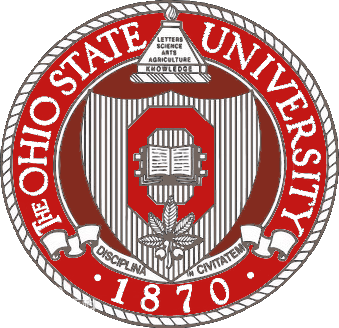
The Ohio State University
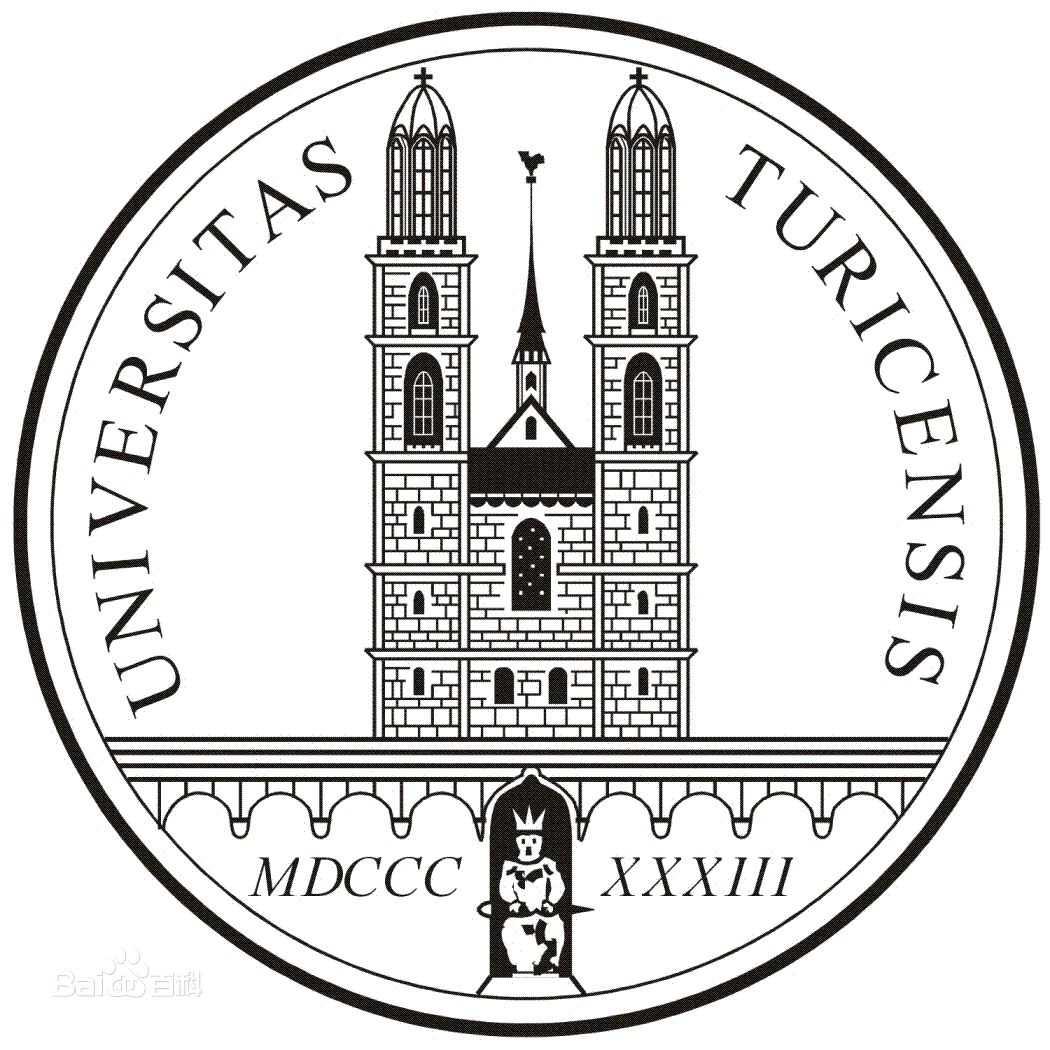
University of Zurich

Harvard University

Colorado State University
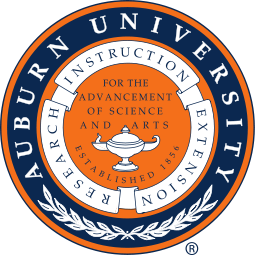
Auburn University

Yale University

Worcester Polytechnic Institute

Washington State University

Stanford University

University of Leipzig

Universidade da Beira Interior
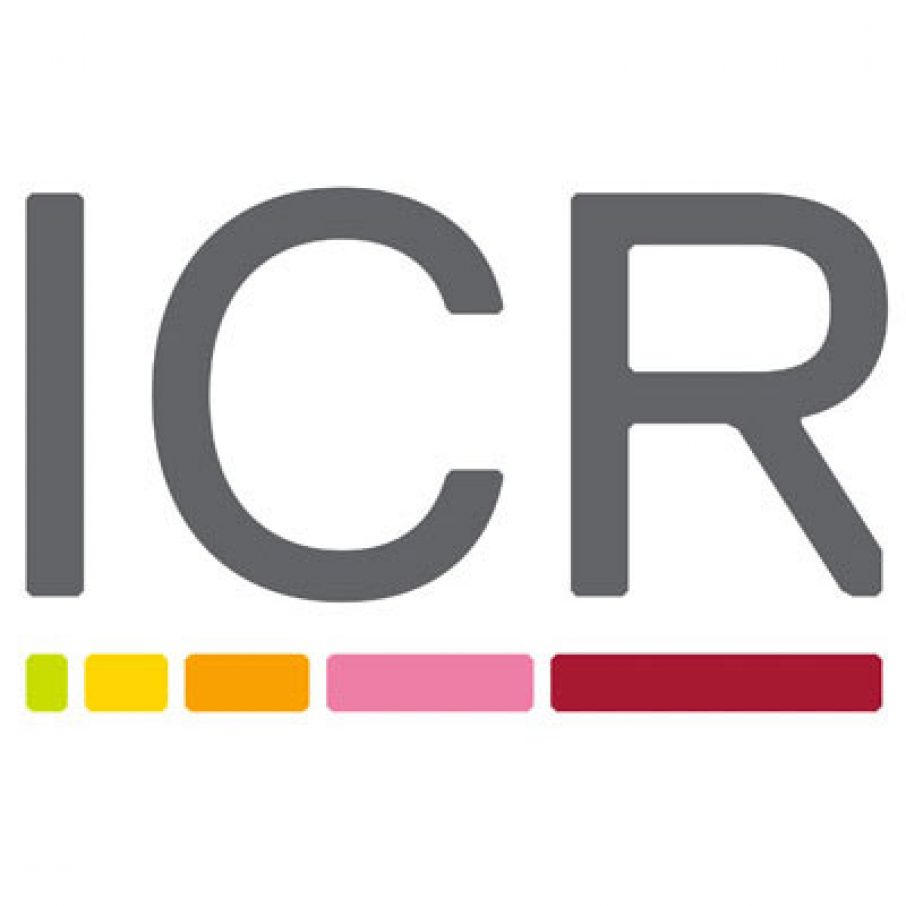
The Institute of Cancer Research

Heidelberg University

University of Amsterdam

University of Auckland

TsingHua University
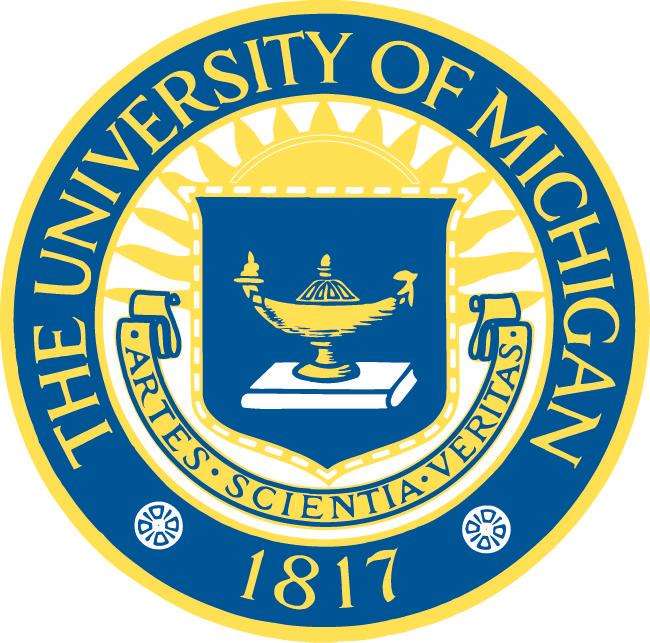
The University of Michigan

Miami University
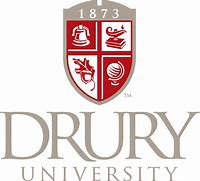
DRURY University
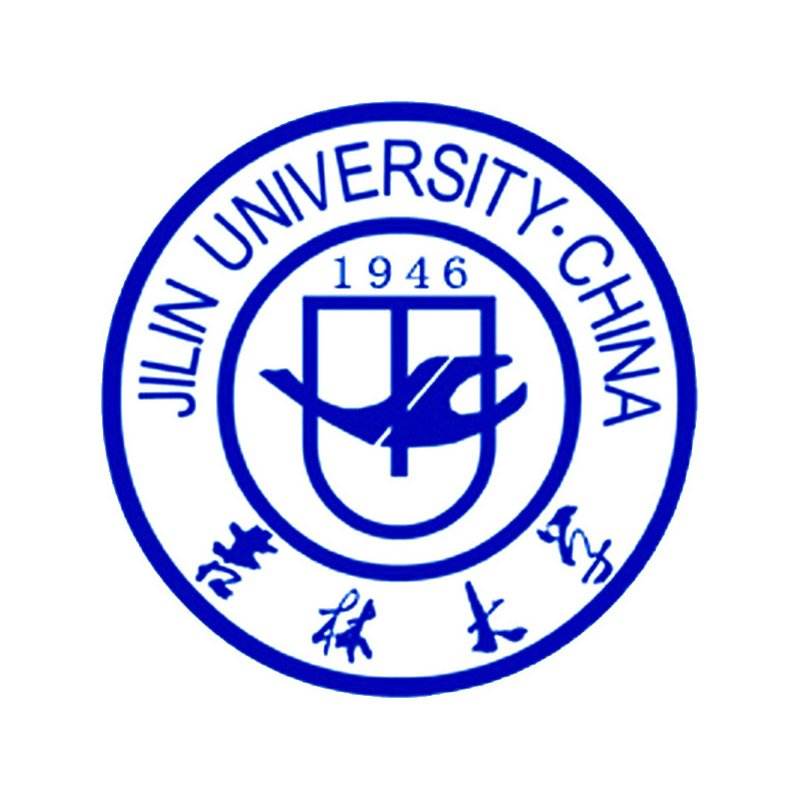
Jilin University

Fudan University
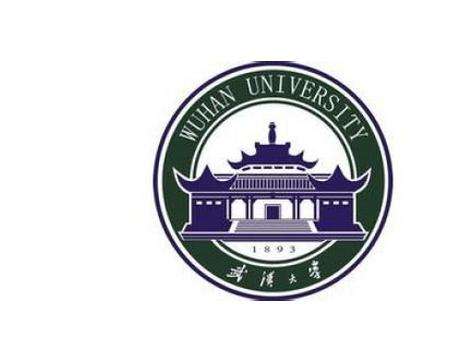
Wuhan University

Sun Yat-sen University

Universite de Paris

Deemed University

Auckland University

The University of Tokyo

Korea University
- Quinquenoside III
Catalog No.:BCX1330
CAS No.:208764-53-8
- Multiflorin A
Catalog No.:BCX1329
CAS No.:1350028-90-8
- Multiflorin B
Catalog No.:BCX1328
CAS No.:52657-01-9
- 6-Methylrhein
Catalog No.:BCX1327
CAS No.:401621-27-0
- Methyllycaconitine
Catalog No.:BCX1326
CAS No.:21019-30-7
- Lycaconitine
Catalog No.:BCX1325
CAS No.:25867-19-0
- Anhydronotoptol
Catalog No.:BCX1324
CAS No.:88206-51-3
- Decuroside V
Catalog No.:BCX1323
CAS No.:96648-59-8
- 5-MethoxyPinocembroside
Catalog No.:BCX1322
CAS No.:1450878-89-3
- Wushanicaritin
Catalog No.:BCX1321
CAS No.:521-45-9
- 3',4',7-Trimethoxyquercetin
Catalog No.:BCX1320
CAS No.:6068-80-0
- Anthranoyllycoctonine
Catalog No.:BCX1319
CAS No.:22413-78-1
- β-D-Glucopyranoside, (3β,12β)-20-[(6-O-α-L-arabinofuranosyl-β-D-glucopyranosyl)oxy]-12-hydroxydammar-24-en-3-yl 2-O-β-D-glucopyranosyl-, 6-acetate
Catalog No.:BCX1332
CAS No.:1613477-95-4
- Pseudoginsenoside F8
Catalog No.:BCX1333
CAS No.:69884-01-1
- Ajuforrestin B
Catalog No.:BCX1334
CAS No.:708277-48-9
- Ilexoside XLVIII
Catalog No.:BCX1335
CAS No.:129095-76-7
- Gosferol
Catalog No.:BCX1336
CAS No.:37551-62-5
- rel-(+)-(1R,2Z,7Z,10S,11S)-10-(Acetyloxy)-7,12,12-trimethylbicyclo[9.1.0]dodeca-2,7-dien-4-one
Catalog No.:BCX1337
CAS No.:886439-01-6
- Phloyoside I
Catalog No.:BCX1338
CAS No.:139757-58-7
- Dracaenoside F
Catalog No.:BCX1339
CAS No.:109460-83-5
- Linderanine C
Catalog No.:BCX1340
CAS No.:139681-96-2
- Paratocarpin K
Catalog No.:BCX1341
CAS No.:170900-13-7
- 3'-Methoxycoumestrol
Catalog No.:BCX1342
CAS No.:13360-66-2
- 8-Geranyl daidzein
Catalog No.:BCX1343
CAS No.:1072940-16-9
Comparison of Phytochemical Profiles of Wild and Cultivated American Ginseng Using Metabolomics by Ultra-High Performance Liquid Chromatography-High-Resolution Mass Spectrometry.[Pubmed:36615206]
Molecules. 2022 Dec 20;28(1):9.
American ginseng (Panax quinquefolius L.) has been recognized as a valuable herb medicine, and ginsenosides are the most important components responsible for the health-beneficial effects. This study investigated the secondary metabolites responsible for the differentiation of wild and cultivated American ginsengs with ultrahigh-performance liquid chromatography-high resolution mass spectrometry (UHPLC-HRMS)-based metabolomic approach. An in-house ginsenoside library was developed to facilitate data processing and metabolite identification. Data visualization methods, such as heatmaps and volcano plots, were utilized to extract discriminated ion features. The results suggested that the ginsenoside profiles of wild and cultivated ginsengs were significantly different. The octillol (OT)-type ginsenosides were present in greater abundance and diversity in wild American ginsengs; however, a wider distribution of the protopanaxadiol (PPD)-and oleanolic acid (OA)-type ginsenosides were found in cultivated American ginseng. Based on the tentative identification and semi-quantification, the amounts of five ginsenosides (i.e., notoginsenoside H, glucoginsenoside Rf, notoginsenoside R1, pseudoginsenoside RT2, and ginsenoside Rc) were 2.3-54.5 fold greater in wild ginseng in comparison to those in their cultivated counterparts, and the content of six ginsenosides (chicusetsusaponin IVa, malonylginsenoside Rd, Pseudoginsenoside RC1, malonylfloralginsenoside Rd6, Ginsenoside Rd, and malonylginsenoside Rb1) was 2.6-14.4 fold greater in cultivated ginseng compared to wild ginseng. The results suggested that the in-house metabolite library can significantly reduce the complexity of the data processing for ginseng samples, and UHPLC-HRMS is effective and robust for identifying characteristic components (marker compounds) for distinguishing wild and cultivated American ginseng.


